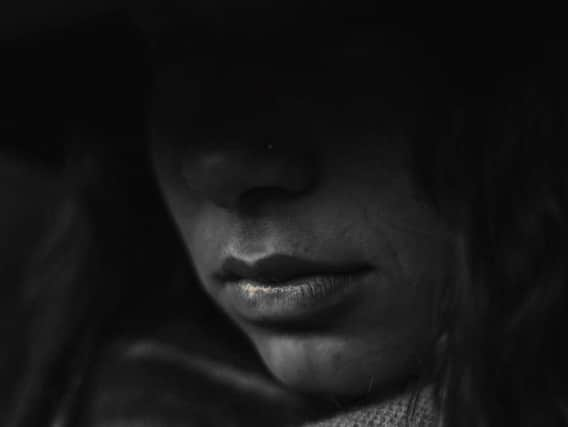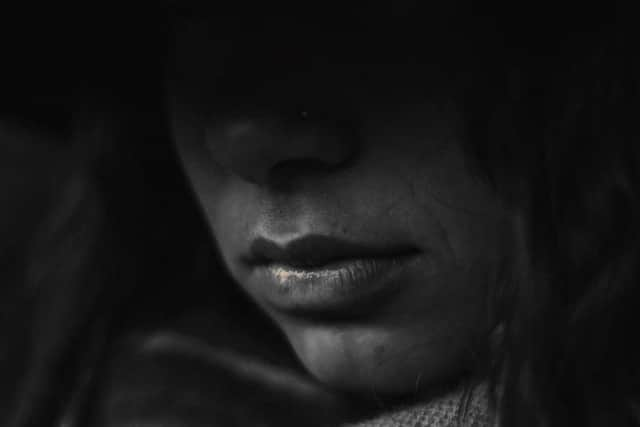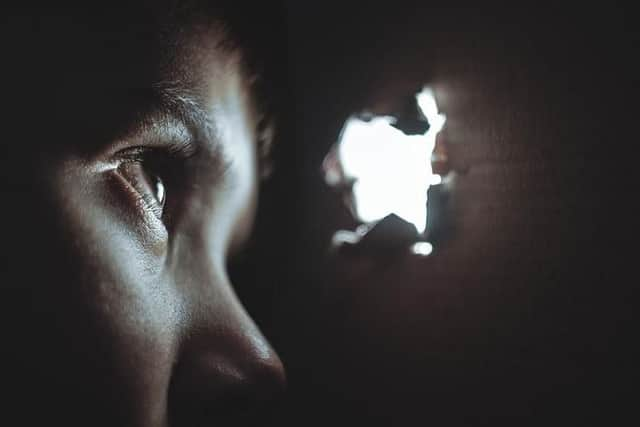More than 100 potential modern slavery victims identified in Derbyshire


The Human Trafficking Foundation has welcomed an increase in the identification of potential victims nationally, but claims some are dropping off the radar after government support schemes come to an end.
Home Office data shows that 138 potential victims were recorded by Derbyshire Constabulary in the 12 months to June.
Advertisement
Hide AdAdvertisement
Hide AdThis was significantly up on the previous 12 months, when just 85 were recorded.


Modern slavery was introduced as an offence under the 2015 Modern Slavery Act, and can involve domestic servitude, forced sex work, or labour exploitation.
Suspected victims can be flagged to the Home Office via the National Referral Mechanism by government agencies, police forces, councils and other organisations.
They are then assessed and can receive support including accommodation, legal aid and counselling.
Advertisement
Hide AdAdvertisement
Hide AdAn individual police force records the referrals where the exploitation is suspected to have happened in its area, or if it identified a potential victim in the first place.


It also records cases if the alleged victim was exploited abroad, and their address or that of the referring organisation was in the force area.
The Home Office says that a small number of cases may be duplicated if a potential victim is referred into the NRM more than once.
Tamara Barnett, head of the Human Trafficking Foundation, said the rise is welcome news, as it reflects an increased willingness and ability of authorities and the public to identify slavery victims.
Advertisement
Hide AdAdvertisement
Hide Ad"But the proportion of people entering the NRM who are then recognised as having been trafficked has remained stagnant," she said.
“We also know only about 7 per cent of cases investigated go to the Crown Prosecution Service, and only about 1% receive compensation," she added.
"Perhaps most shockingly of all, the Government has no idea what happens to these thousands of victims when they exit the NRM.
“This is a terrifying oversight. These are the areas we would really welcome the new Prime Minister and other parties to consider in their policies and manifestos going forward.”
Advertisement
Hide AdAdvertisement
Hide AdA Home Office spokesman said more potential victims are being identified and protected due to greater awareness and improved understanding of modern slavery.
He added: “Modern slavery and human trafficking are barbaric crimes and we remain committed to stamping it out and supporting victims.
“We have provided additional investment to the police, which is improving the service victims receive.”